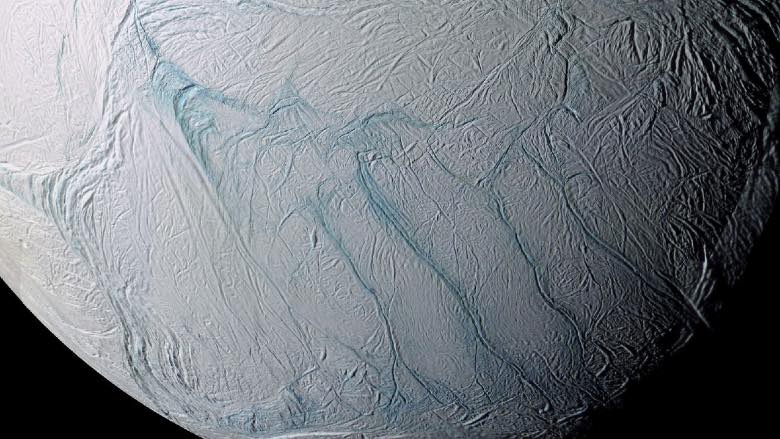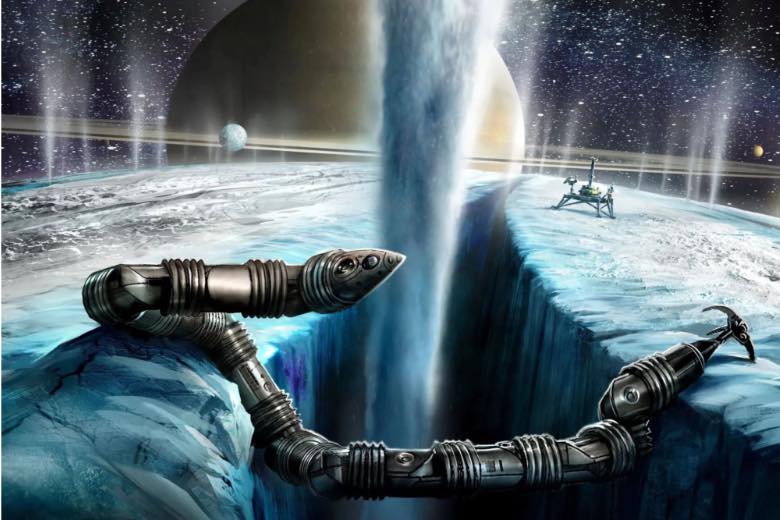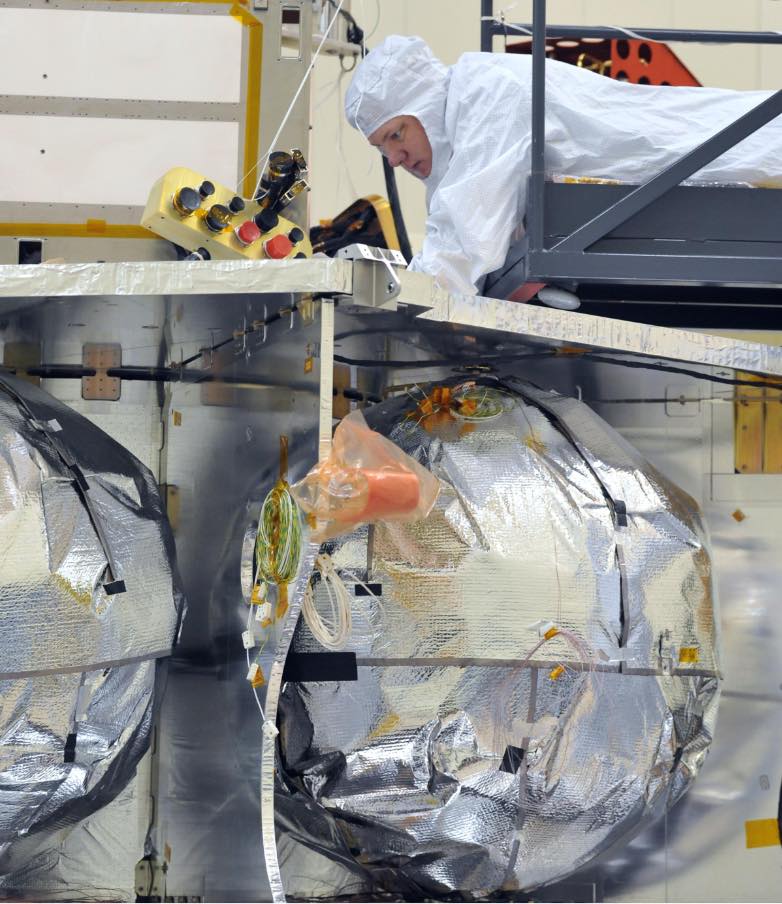Do icy-moon scientists dream of alien fish? It wouldn’t be surprising. After all, discovering such creatures would be the crowning glory of the ultimate mission of robotic space exploration and discovery. But if landing on the surface of Jupiter’s moon Europa, tunnelling through kilometres of ice with a nuclear-powered ice-penetrating robot, or cryobot, and encountering alien goldfish (or more likely microbes) in the subsurface ocean sounds like science fiction, you would be right, at least today. But while such an audacious mission is still decades away, NASA scientists are already developing the technology to withstand such a trial of fire and ice.

In their search for life, scientists have focused on two ice-covered moons: Europa (a moon of Jupiter) and Enceladus ( a moon of Saturn). Both are encased in icy shells, and both have vast subsurface salty oceans that are probably in direct contact with their warm rocky cores, providing energy and essential chemical elements needed for life.
A back door into Enceladus’ ocean?
Enceladus’ hidden ocean is more accessible thanks to the huge fissures in the south polar region, which conveniently spew plumes of oceanic material into space, falling back to the surface as otherworldly snow. The Enceladus Orbilander (science phase 2050-2054) is a NASA flagship mission concept (not yet greenlit) for a single spacecraft that would both orbit Enceladus and land on its surface, “capturing samples from four distinct reservoirs offered by the plumes” to search for signs of life “without the necessity of drilling through kilometres of icy crust.”

But could Enceladus’ mysterious plumes also provide a back door to its subsurface ocean? Researchers at NASA’s Jet Propulsion Laboratory are creating and testing the Exobiology Extant Life Surveyor (EELS), a four-metre-long autonomous snake-like robot designed to descend into vents in the ice to reach the hidden ocean. Perhaps one day a more advanced “snakebot” will slither down a geyser on Enceladus, towing a BRUIE (Buoyant Rover for Under-Ice Exploration) that would search for signs of life at the boundary between the icy shell and the subsurface ocean.
A trial of fire (radiation) and ice
As for Europa, a subsurface mission to this enigmatic moon is surely on every astrobiologist’s wish list. According to NASA, “Europa’s vast and unfathomably deep ocean is widely considered the most promising place to search for life beyond Earth.” But doing science in the extreme conditions on Europa will not be easy. The moon’s close orbit to Jupiter means that its surface is bombarded by intense ionising radiation, a death knell for both surface life and electronics, which will need to be encased in titanium-walled radiation vaults for protection.

If there turn out to be no fissures on Europa for a “snakebot” to slither down, the only feasible way to penetrate the icy crust will be with a nuclear-powered cryobot. The NASA-funded Scientific Exploration Subsurface Access Mechanism for Europa (SESAME) programme is researching ice-penetration technology and designing prototype cryobots, each powered by a small fission reactor or radioisotope power system. These cylindrical robots (max 200 kg) use various penetration methods, including mechanical and hot water drills, lasers, and passive melting. (“Melting” is not technically the right word, as ice cannot melt in the hard vacuum of Europa; it sublimates, changing directly from solid to gas.)
Returning data from the depths
As the cryobot descends for kilometres into Europa’s ice, it will remain data-connected to the lander by a long fibre-optic communications tether, the backbone of the mission and one piece of equipment that cannot fail. NASA’s Ocean Worlds Signals Through the Ice (STI) team is working with fibre-optic tethers used in polar exploration to adapt them to Europa’s conditions, which are far colder than Earth’s polar regions. The STI team aims to minimise the risk of tether failure: “Communication hardware faces challenging technical risks due to the expected tectonic activity within the ice shells, their challenging thermal regimes, chemistries, and tidal motions.”

For decades, research scientists in Antarctica have gone to enormous lengths to drill holes in the ice sheets, the deepest of which don’t go much deeper than two kilometres. The cryobot’s journey through Europa’s crust could be ten times as far and take up to three years, collecting data as it tunnels through the ice. If it reaches the ocean (raising the issue of interplanetary contamination), it will anchor itself at the ocean-ice interface and release a swarm of SWIM-bots (Sensing With Independent Micro-Swimmers) that would swim away from the thermal bubble created by the probe, which will alter the chemistry of the water, and begin to gather data.
While few would bet on the SWIM-bots spotting an alien fish, even the detection of a single non-terrestrial cell would be a momentous discovery that would change history. But even if no life is detected on Europa, the mere fact that our robotic technology has managed to reach that remote ocean would mark a monumental feat of science and engineering. No doubt scientists would be eager to send their cryobots to other icy moons in our solar system to have another go at finding life.
Comments on this publication